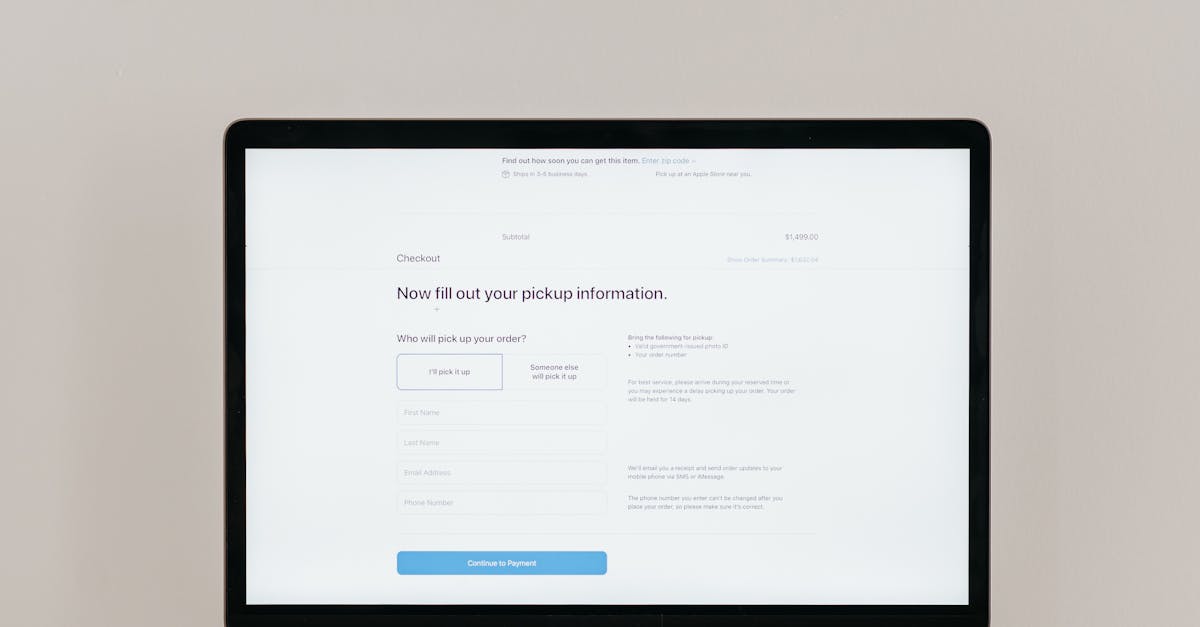
Introduction
Why this matters — Every HR or legal document you create can expose high‑risk personal data: names, national IDs, bank details, health records, and more. With distributed teams, frequent file‑sharing, and tighter regulator scrutiny (DSARs, HIPAA, cross‑border rules), accidental disclosure is no longer hypothetical — it’s an operational, legal, and reputational risk that shows up in onboarding, incident reports, offboarding, and everyday contracts.
Document automation and smarter template design let you convert that risk into repeatable controls. This playbook outlines pragmatic patterns — granular variables, conditional fields, minimal capture, OCR‑enabled auto‑redaction, and compliance bundles like HIPAA authorizations or DSAR response packs — so teams can preserve context while stripping unnecessary PII. Apply these ideas to legal templates and workflows to reduce manual redaction, speed reviews, and keep an auditable trail when sharing sensitive records.
Top PII risks in HR and legal paperwork and where template design can reduce exposure
Key PII risks in HR and legal documents
HR and legal paperwork routinely contains high-risk personal data: full names, dates of birth, national identifiers (SSN, NI number), financial account numbers, health records, biometric data, and sensitive third‑party contact details. These increase breach impact because the files are often shared across teams, uploaded to ticket systems, or emailed outside secure channels.
Where template design reduces exposure
-
Limit capture to the minimum — design legal templates and legal forms to collect only the fields absolutely required for the business process.
-
Use placeholders and selectors so free-text entries (which increase risk) are replaced by controlled options where possible.
-
Embed field-level access controls so sensitive fields are hidden or masked for roles that don’t need them.
-
Segment documentation into low- and high-sensitivity parts (e.g., separate payroll/benefits from role descriptions) so you can apply different handling rules.
These measures make commercial resources such as business legal templates and contract templates safer by design, reducing the need for reactive redaction later.
Template design patterns for PII minimization: granular variables, conditional fields, and minimal data capture
Design patterns to apply
Granular variables
Break complex fields into narrow variables (e.g., collect month and year of birth instead of full DOB when acceptable). This reduces the sensitivity of stored values and makes automated redaction rules simpler.
Conditional fields
Only show or request fields when a prior answer makes them necessary. Conditional logic reduces unnecessary PII collection and improves user experience, and it’s a core technique for employment contract template and onboarding packet design.
Minimal data capture
Adopt a strict “need-to-know” approach: if a legal form or contract template can function without a piece of PII, don’t capture it. This is the single most effective way to lower risk.
Jurisdiction and customization
Include configurable rules for local requirements (for example, legal templates UK or legal templates Australia may require different identity fields or disclosures). Provide localized versions for data-retention periods, mandatory clauses, and consent language so templates remain compliant where they are used.
For teams wanting ready-to-use policies, a privacy notice template or policy can be linked inside your workflows — see this privacy policy example: Privacy Policy Agreement.
Auto-redaction workflows: triggers, OCR pipelines and pre-send redaction templates for emails and PDFs
Automation triggers
Define clear triggers so redaction runs where and when it’s needed: document upload, outbound email send, DSAR request, or classification change. Triggers can be user-driven (a checkbox during upload) or system-driven (a file stored in a folder labeled “confidential”).
OCR and extraction pipelines
Use OCR and NLP to detect PII inside PDFs, images, and scanned forms. Key elements:
-
Pre-processing — deskew, enhance contrast, normalize formats.
-
Entity extraction — run regex and ML models for names, IDs, account numbers, health terms.
-
Confidence thresholds — route low-confidence matches to human reviewers to avoid false redactions.
Pre-send redaction templates
Create pre-set redaction profiles that apply to outgoing emails and attachments: for example, a DSAR profile strips identifiers but preserves context, while an external contractor profile masks salary and bank details. Store these as reusable redaction templates so every team uses consistent rules before sending files.
Integrating these pipelines with your contract templates and legal forms ensures sensitive fields are masked automatically rather than relying on individual users to remember to redact.
Compliance templates to combine with redaction: HIPAA authorizations, DSAR response packs and DPAs
Combining redaction with compliance documents
Certain compliance templates must accompany or replace raw documents when sharing data. Embed redaction into the workflow around these templates so compliance and privacy needs are met in one step.
Examples of templates to include
-
HIPAA authorizations — use a standardized HIPAA authorization form that includes instructions for redacting unrelated health information and metadata. Example form: HIPAA Authorization Form.
-
DSAR response packs — create a DSAR pack template that automatically omits or masks third-party data and internal annotations while preserving required records and a redaction audit trail.
-
Data processing agreements (DPAs) — include DPAs with clear clauses on redaction responsibilities and data minimization; see a DPA example here: Data Processing Agreement.
When to use a lawyer instead of a template
Templates and redaction rules cover routine needs, but consult counsel when you face novel legal questions, cross-border complexity, high-value litigation risk, or bespoke commercial terms. Use templates like business legal templates or contract templates as a baseline, then involve legal review when the stakes or complexity exceed internal capabilities.
Practical examples: onboarding packets, incident reports and offboarding records with built-in redaction
Onboarding packets
Design onboarding materials so PII is separated by sensitivity: a general welcome pack can include role details and policies, while a secured payroll packet holds bank details and tax IDs. Use conditional fields on the employment contract template to request only the data needed for that role.
Incident reports
Incident templates should capture facts and timestamps while minimizing personal identifiers for bystander witnesses. Include checkboxes to indicate if names must be redacted and provide quick redaction buttons for screenshots, attachments, and transcribed audio.
Offboarding records
Offboarding workflows often include final pay, benefits data, and personal forwarding information. Split the offboarding record into public (role handover) and protected (payroll, tax ID) sections, apply automated redaction to archived versions, and retain an audit log for compliance reviews.
These patterns can be implemented using free legal templates or paid contract templates; the key is to adopt customizable contract templates for services so each document only asks for necessary PII.
Best practices for testing and auditing redaction templates: QA checkpoints, logs and retention rules
QA checkpoints
Implement staged QA: unit tests for extraction rules, integration tests for pipeline flows, and UAT with representative users. Maintain test cases that include edge scenarios: scanned handwritten forms, low-resolution images, and documents with mixed languages.
Logging and auditability
Keep immutable logs that record who initiated redaction, which template/rules were used, and the before/after hash references of documents. These logs are critical for incident response, DSAR evidence, and regulator review.
Retention and deletion rules
Define retention at the template level: low-sensitivity copies can be kept for shorter legal minimums, while masked archives should enforce retention consistent with local law (consider legal templates UK/Australia differences). Include automatic deletion or archival workflows tied to contract templates and onboarding/offboarding processes.
Ongoing maintenance
-
Regularly review extraction patterns to reduce false positives/negatives.
-
Rotate test data and run privacy-preserving audits to validate that templates and legal forms do not collect unnecessary fields.
-
Document a legal checklist for startups and teams that shows when to use templates vs. escalate to counsel.
Following these practices turns legal templates and associated redaction processes from ad hoc tools into repeatable, auditable controls that protect PII while enabling business workflows.
Summary
PII minimization and auto‑redaction are practical controls you can build into templates and workflows to reduce accidental exposure across onboarding, incident response, contracts, and offboarding. Use granular variables, conditional fields, and minimal capture to keep unnecessary data out of your records, and pair those patterns with OCR‑enabled redaction pipelines, pre‑send profiles, and compliance bundles (HIPAA, DSAR, DPAs) so sensitive details are masked consistently and auditable. Document automation turns ad hoc redaction into repeatable controls that speed reviews, cut manual work, and preserve an audit trail; combine these practices with well‑designed legal templates and localized rules to meet jurisdictional needs. Ready to make redaction and minimization part of your process? Start exploring templates and workflows at https://formtify.app
FAQs
Are legal templates legally binding?
Yes — when properly completed and executed, legal templates can form legally binding agreements. They must reflect the parties’ intent, include required elements like signatures and consideration where applicable, and conform to local law; for unusual or high‑risk matters, get legal review.
Where can I find free legal templates?
Free legal templates are available from government websites, nonprofit legal aid organisations, and reputable template libraries. Commercial platforms (including formtify.app) also offer vetted templates and customization options that save time while helping you stay compliant.
Can I use a template instead of hiring a lawyer?
Templates are fine for routine, low‑risk documents and can greatly reduce cost and turnaround time. However, consult a lawyer for complex negotiations, cross‑border issues, high‑value deals, or when regulatory uncertainty could create liability.
How do I customize a legal template for my state or country?
Start by identifying local statutory requirements (mandatory clauses, retention periods, and consent language) and adapt jurisdiction‑specific terms like governing law and notices. Maintain localized versions or configurable rules in your templates and get a quick legal review for areas that affect compliance or enforceability.
What are common clauses in contract templates?
Typical clauses include scope of work, payment terms, confidentiality, intellectual property, termination, liability/indemnity, governing law, and data protection or privacy provisions. Tailor these sections to the transaction and add redaction or data‑handling rules where sensitive PII is involved.





